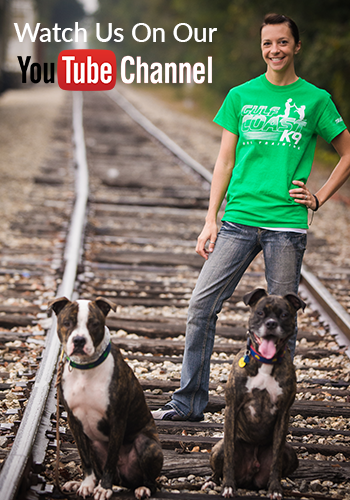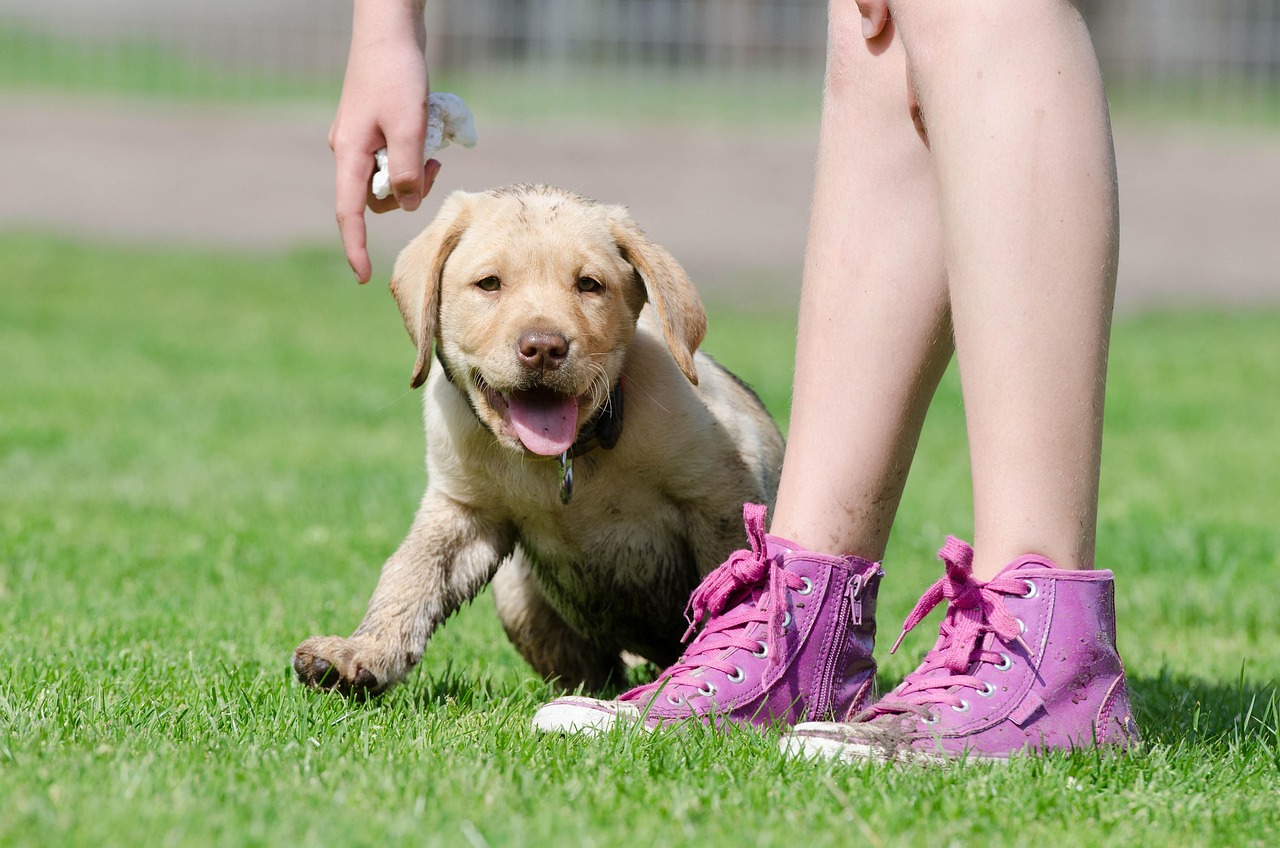Bringing a new dog into your home is an exciting milestone, full of cuddles and the promise of unconditional love. But for first-time dog owners, it can also be a little overwhelming, especially when it comes to training. From basic obedience to behavior shaping, knowing where to start (and what to expect) can make all the difference in building a strong, lifelong bond with your furry companion.
Here’s what every first-time dog owner should know about training a new pet.
- Start Early, Stay Consistent: Whether you’re adopting a puppy or an adult dog, training should begin the moment your new pet enters your home. Dogs thrive on structure and routine, and the earlier you introduce rules and expectations, the easier it will be for them to adapt. Consistency is key. Use the same words for commands every time (“sit,” “stay,” “come”) and stick to a routine. If you let your dog jump on the couch one day and scold them the next, they’ll get confused. Clear, consistent boundaries help your dog feel secure and confident.
- Positive Reinforcement Is Powerful: Dogs learn best when they’re rewarded for good behavior rather than punished for mistakes. Positive reinforcement means offering treats, praise, or toys immediately after your dog does something right. For example, when your dog sits on command, reward with a treat and a cheerful “good dog!” If they go potty outside, celebrate! Avoid punishment-based methods (like yelling or leash jerks), which can create fear or anxiety. Instead, focus on building trust and encouraging desired behavior.
- Socialization Is Just as Important as Commands: A well-socialized dog is a confident dog. Expose your new pet to a variety of people, places, sounds, and other animals in a safe and controlled way. This is especially important for puppies during the critical developmental window (around 3–14 weeks of age), but adult dogs benefit from socialization too. First-time dog owners should walk in new environments, introduce their pet to friendly dogs, and let them experience different situations like car rides or vet visits. The goal is to help your dog learn that the world is a safe place.
- Keep Training Sessions Short and Fun: Dogs—especially puppies—have short attention spans. Training sessions should be short, frequent, and engaging. Aim for 5–10 minute sessions a few times a day. End on a positive note, even if progress is slow. It is also best to make training a game, not a chore. Incorporate toys, movement, or playful energy – because the more your dog enjoys learning, the faster they’ll catch on.
- Be Patient and Realistic: Training takes time. No dog is perfect, and every pet learns at their own pace. Accidents, chewed shoes, and disobedience are all part of the process. Therefore, instead of focusing on perfection, try celebrating their progress. Even small wins—like your dog waiting for a treat or responding to their name—are steps in the right direction. Expert Tip: If you find yourself getting frustrated, take a break. Training should strengthen your bond, not strain it.
- Enroll in a Puppy or Obedience Class: Group training classes are a great way to learn the basics alongside other dog owners. A certified dog trainer can guide you through foundational skills, troubleshoot behavior issues, and introduce your dog to structured social settings. It’s also a great opportunity to ask questions and build confidence as a new pet parent.
- Your Energy Matters: Dogs are excellent readers of human body language and tone. If you’re anxious, angry, or impatient, your dog will pick up on it. Calm, confident energy goes a long way in training. Be kind – but firm, encouraging, and fair.
For first-time dog owners, training a dog might feel daunting, but it’s also incredibly rewarding. The time and effort you put in now will pay off in the form of a well-mannered, happy companion. Be patient, stay positive, and don’t be afraid to ask for help when you need it.
Gulf Coast K9 Dog Training offers puppy training – as well as training for older dogs at all stages. Call today to learn more.





